What kind of impressions do you have when you look at this sheet music?
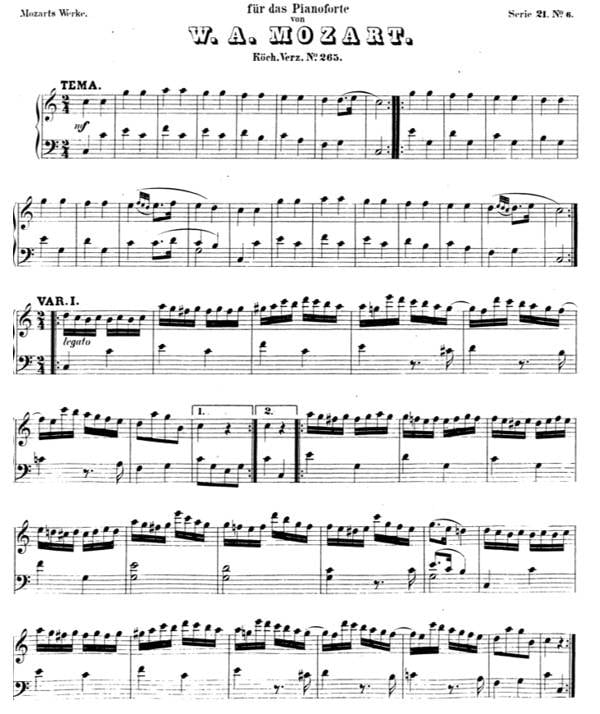
Many people might feel like “I can’t read musical notes” or “It looks difficult” when they see this sheet music, right? I often hear voices from those who can’t read sheet music or find it difficult, but once you learn the rules, it’s not that difficult at all! People who play the piano might be able to read it easily, but for those who aren’t familiar with sheet music, it can certainly seem difficult and not something that comes naturally (^ω^;) This time, I’ll go back to basics myself and explain how to read sheet music!
① Let’s Learn the Middle C!
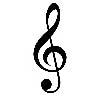 This is called the ‘treble clef’. It’s generally used for the range of notes played with the right hand on the piano.
This is called the ‘treble clef’. It’s generally used for the range of notes played with the right hand on the piano.

The note marked with a red circle is the ‘middle C’. On the keyboard, you can remember it as ‘to the left of the two black keys’.
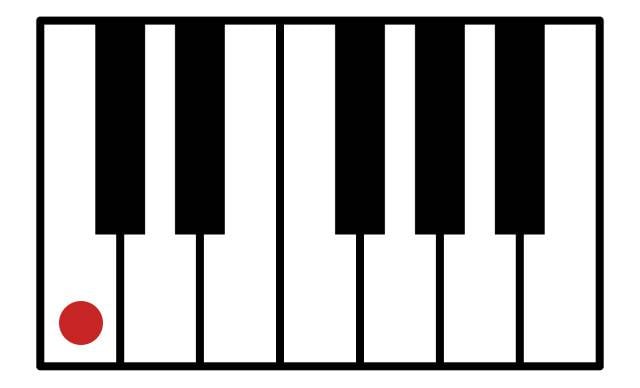
② Let’s Learn D!

Next, the note marked with a yellow circle is ‘ D’. As you move to the right, the notes get higher in pitch, so the note immediately to the right of C is D.
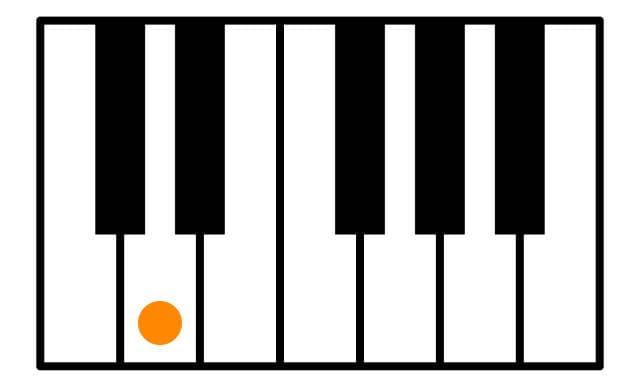
③ Let’s Learn the Rules of Lines and Spaces!
Now, I won’t explain what each note is anymore!
That’s because the notes simply follow a pattern of ‘line’ → ‘space’ → ‘line’ → ‘space’ in sequence☆★☆
There are the notes on the lines↓
otes on the lines refer to the notes that are on the lines, like the ones marked with green circles.

These are the notes in the spaces ↓
Notes in the spaces refer to the notes that are between the lines, like the ones marked with light blue circles.

If you look closely, you’ll notice that adjacent notes are lined up in a pattern of line and space, right?
For example,D is a space note, so the next one is a line note, which is E. Once you remember the middle C and learn this pattern, there’s nothing difficult about it!
④ Let’s Chant the Spell!
However, counting each note one by one takes time.
So, I’ll teach you a method to read quickly ♪
First, let’s remember the chant for reading notes on the lines: “CEGBD”.
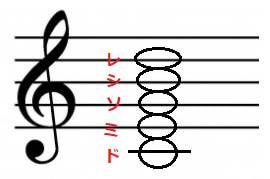
Next, let’s remember the chant for reading notes in the spaces: “DFACE”.
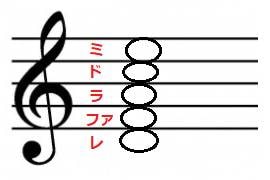
When reading higher notes, you can read them in just a few seconds by chanting this spell.
Alright, here’s a question for you. What note is this?
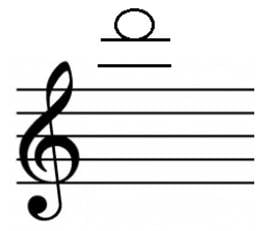
・・・・・
Have you figured it out?
・・・・・
The correct answer is... D.
Did everyone manage to read it? Of course, reading quickly from the start is difficult, but with practice, you’ll be able to read it quickly!
⑤ Let’s Learn the Middle C in the Bass Clef!
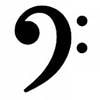 This is called the ‘bass clef’. It’s the range of notes typically played with the left hand on the piano.
This is called the ‘bass clef’. It’s the range of notes typically played with the left hand on the piano.

The note marked with a red circle is ‘C’ as well, but the range is different. The red circle surrounded by pink is the ‘middle C’, and the red circle on the left is ‘C in the bass clef’.

⑥ Let’s Learn D in the Bass Clef!
④でAs I explained in ④, following the pattern of line → space, the note next higher than C, marked with a yellow circle, is ‘D’ .

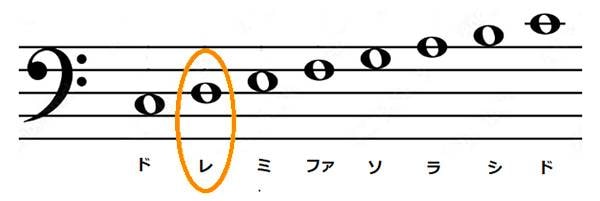
For the bass clef range too, once you remember C, you can just count sequentially☆★☆
Like learning kanji, practicing reading the notes again and again is crucial. It might be challenging at first, but with persistent effort and patience, you’ll surely be able to read it faster. It’s a shame to give up on playing the piano just because you can’t read sheet music. So, please remember the chants we talked about earlier and give it a try!







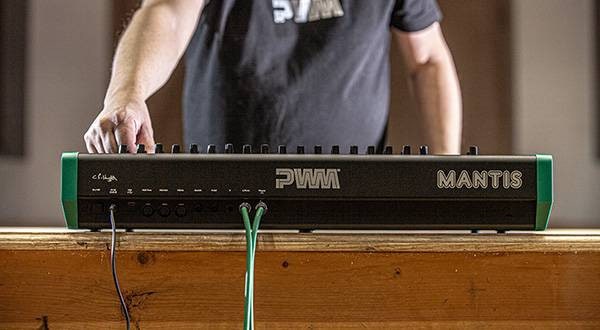

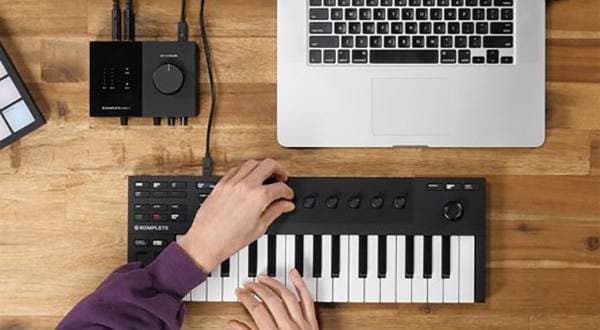
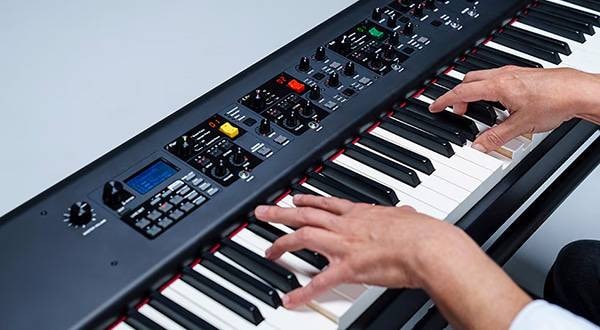

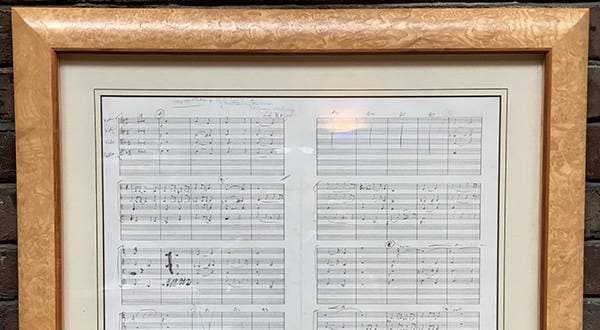
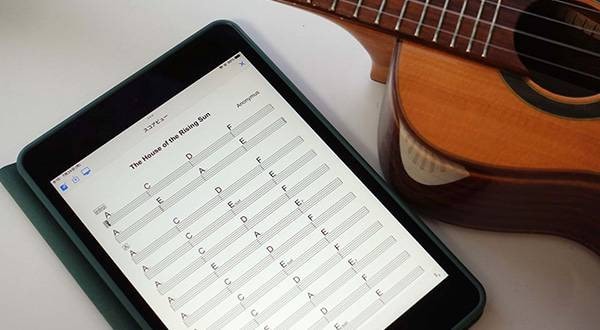
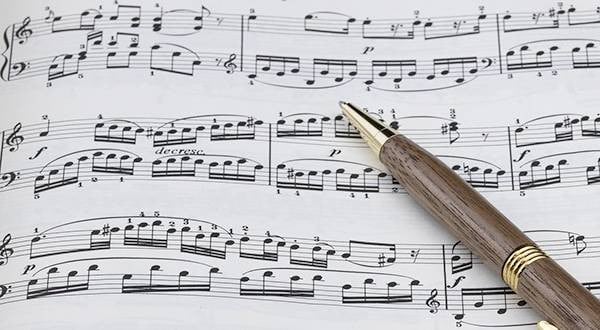
![Recommending the App Piascore for iPad Music Scores! [Part 1]](/contents/uploads/thumbs/5/2022/12/20221229_5_20562_1.jpg)
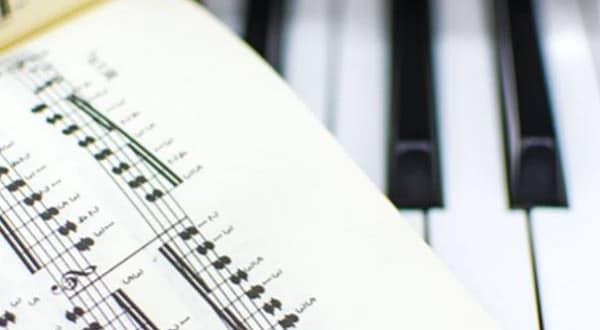
 PLAYTECH 鍵盤特集
PLAYTECH 鍵盤特集
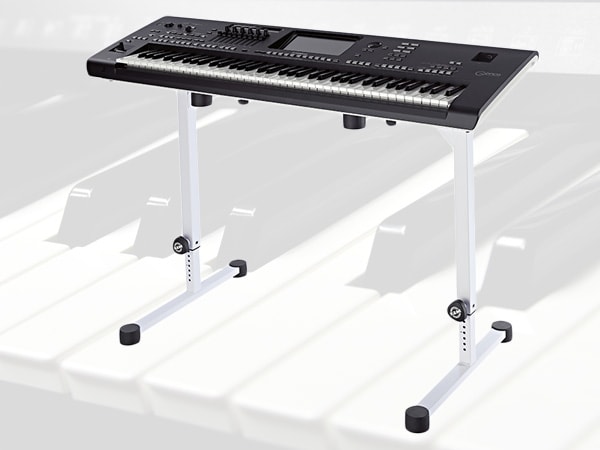 キーボードスタンドの選び方
キーボードスタンドの選び方
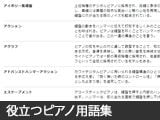 自分にあったピアノを選ぼう!役立つピアノ用語集
自分にあったピアノを選ぼう!役立つピアノ用語集
 まずは弾いてみよう!楽譜の読み方
まずは弾いてみよう!楽譜の読み方
 用途で選ぶ!鍵盤楽器の種類
用途で選ぶ!鍵盤楽器の種類
 キーボードスタートガイド
キーボードスタートガイド















